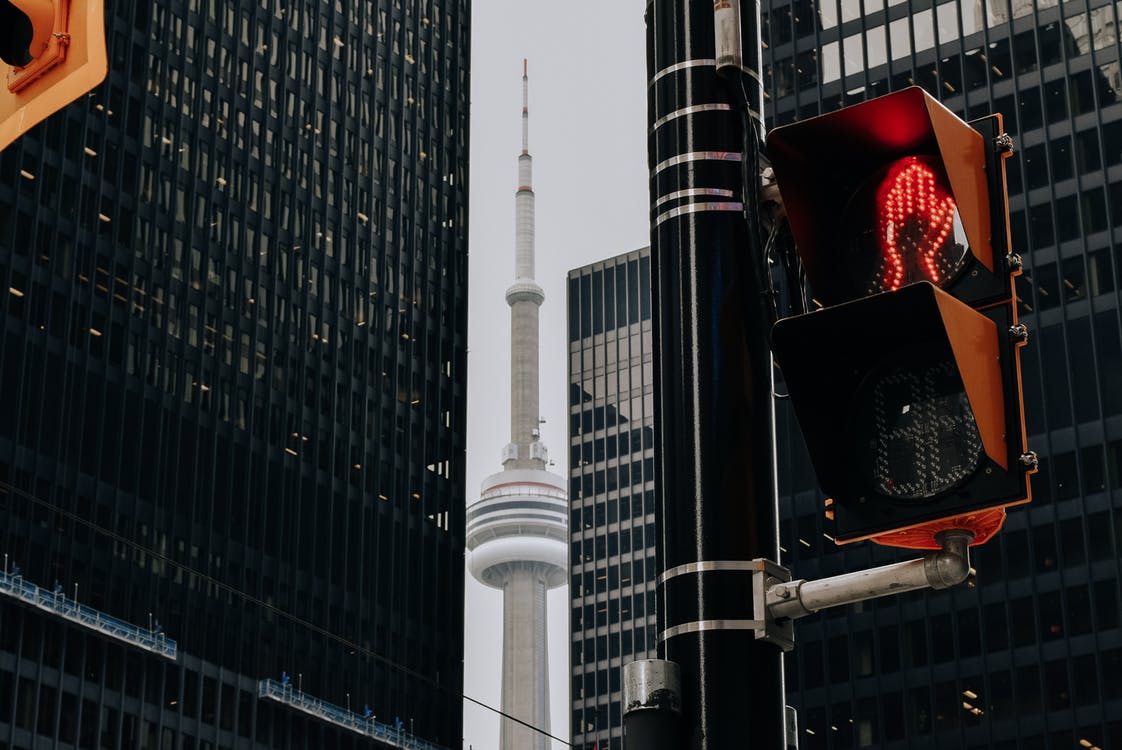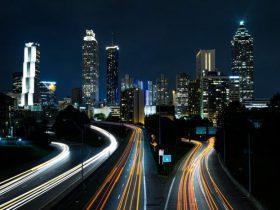With a pandemic gripping our world right now, busy roads seem like a thing of the past. That is, however, hardly true. As soon as life starts getting back on track, traffic congestion will be back in full force, and city governments will struggle immeasurably with traffic management. Urban areas, both big and small, will return to day-long traffic jams and significantly longer commute times.
Such problems affect the ordinary citizen the most, and every city looking to turn smart must first tackle them. Here are some truly “smart” ways to fight to overcrowd and reduce traffic congestion with smart city tech in urban areas. These apply to cities of all sizes and have already been employed successfully by many city governments.
- Traffic Light Optimization
Smart programming and digitization can be used to control traffic light operations in both large and small urban areas. When traffic lights co-ordinate ideally and respond to demand in real-time, road capacity can be maximized quickly. Smart traffic lights can also be synced to the movement of larger vehicles or conditioned to respond appropriately to situations like gridlock or blockage. All of this programming can be done with expert knowledge of the non-linear relationship between traffic flow and delay.
- Parking Zone Extension
The exacerbation of traffic congestion in urban areas is mostly a result of limited parking spaces. Even in larger cities, controlled parking zones are limited to certain main streets. There is usually an unbalanced mix of residents’ parking, pay and display, and limited wait parking zones. The best way to tackle congestion is to extend parking controls away from the city center and formulate smart parking zones, even in less crowded areas.
To enhance their functioning further, these parking zones can have virtual permits, 1-hour time limits, and regular patrolling by civil law enforcement officers. Making them smart would mean collecting real-time data on commuter parking and directing the crowd to emptier zones accordingly.
- Autonomous Vehicle Usage
While using autonomous or self-driven vehicles will not reduce congestion quantitatively, it will help manage traffic in a more advanced fashion. Without human intervention, smart cars can practice effective collision management, discover new roads to reach a destination, platoon perfectly, and gather data about free and empty parking zones to decide the best parking spot. Moreover, smart vehicles will also eliminate traffic jams caused solely due to human error. All of these combined reduce both commute time and congestion well.
- Pedestrian Traffic Monitoring
Smart city management authorities should not blatantly assume that the sole cause of traffic congestion is vehicle traffic. Pedestrian traffic, when ignored, is equally worrying. Having realized this, cities like Las Vegas and Los Angeles are using V2I technology to monitor pedestrian traffic and reroute vehicle traffic accordingly. The data thus collected is also useful in traffic light optimization to increase road safety. For instance, Los Angeles is making the data gathered public to real estate developers and locality planners to help them build residential complexes in locations that experience less congestion.
- Drone Usage by City Management
This is one of the best ideas to reduce traffic congestion with smart city tech. With the development of IoT based drones, most tasks that once needed inspectors, repair and delivery professionals, or city officials to travel in vehicles can now be done via drone cameras. Smart cities that employ drones to carry out minor repair tasks and most inspection tasks can quickly reduce the number of trucks and buses on the road, especially during peak hours. Even private companies like Amazon are now experimenting with drone-based deliveries in highly congested cities, and there’s no reason governments can’t do the same.
- Levying Workplace Parking Charges
Most workplaces offer their employees the option of free parking. This incentive encourages people to commute to the office every day in separate cars since they don’t have to pay anything to park at the office even for long hours. A workplace parking fee is known to have a significant effect on both congestion and pollution. Levying a charge on workplace parking can be useful in promoting carpooling amongst employees, which will, in turn, reduce congestion on roads. It will also improve public transport usage and allow both private and public firms to re-evaluate their parking space usage.
- Building V2I Smart Corridors
Using V2I technology to make roads smarter is one of the best ways to reduce congestion in cities. Using connected video cameras and satellite imaging, drivers can be informed about accidents and weather-related alerts as they drive on particular roads and expressways. These roads would act as smart transit corridors, where all the vehicle drivers would have information about the conditions about to welcome them in the next few miles. They can then decide to reroute from a congested road or slow down to avoid further crowding.
These innovative methods require minimal spending and are long-term solutions suitable for even the most heavily congested cities. Governments need to plan well, use IoT, AI, and digitization, and respond timely to a crisis, to make urban roads smooth for commuters at all hours of the day.
Link: https://blog.getmyparking.com/2020/07/20/7-innovative-ideas-to-reduce-traffic-congestion-with-smart-city-tech/
Source: https://blog.getmyparking.com
















Leave a Reply